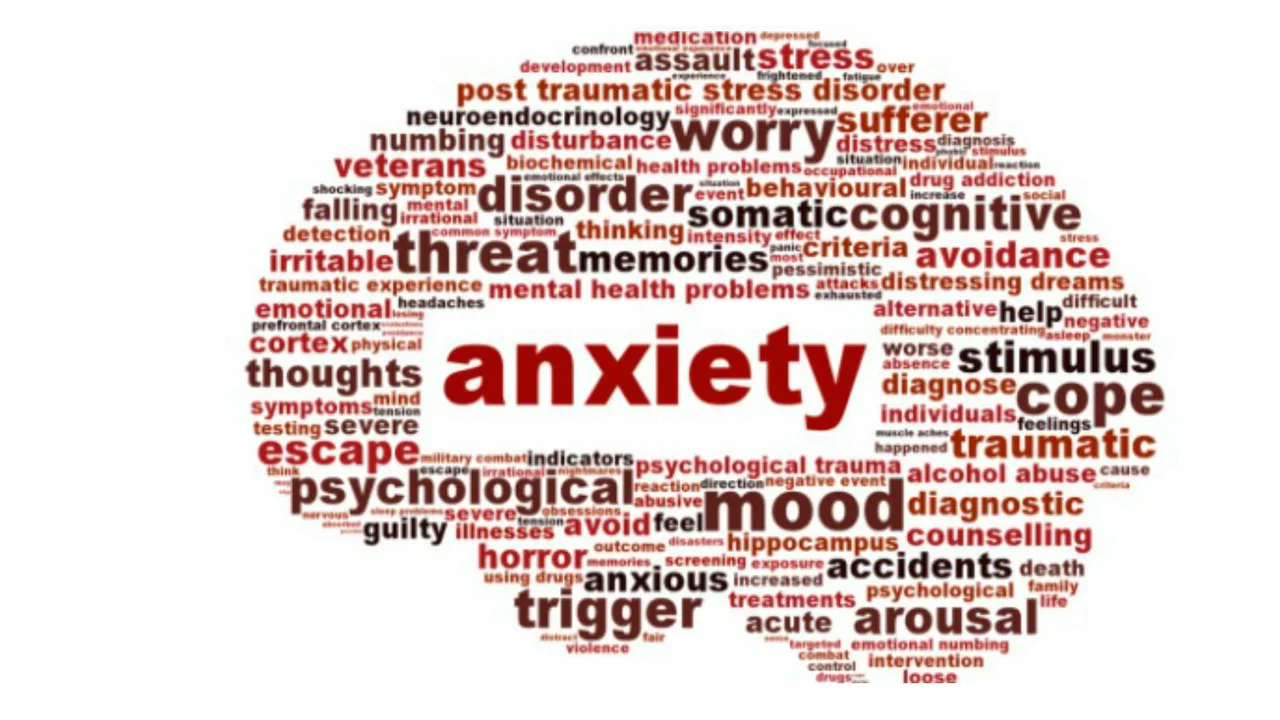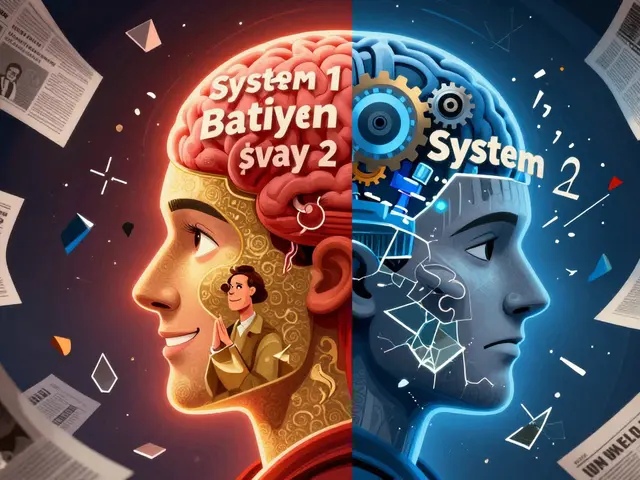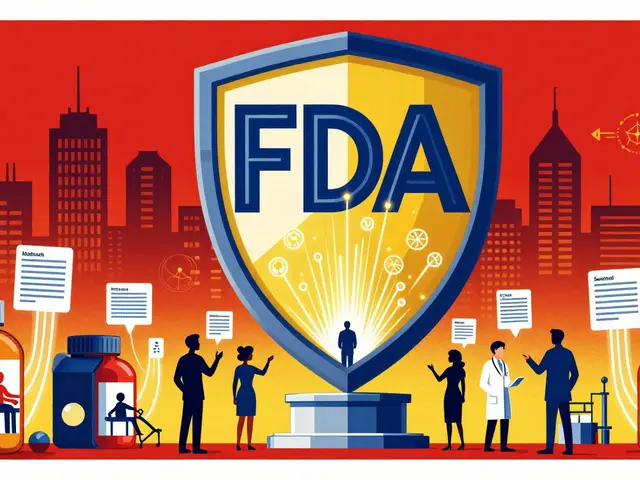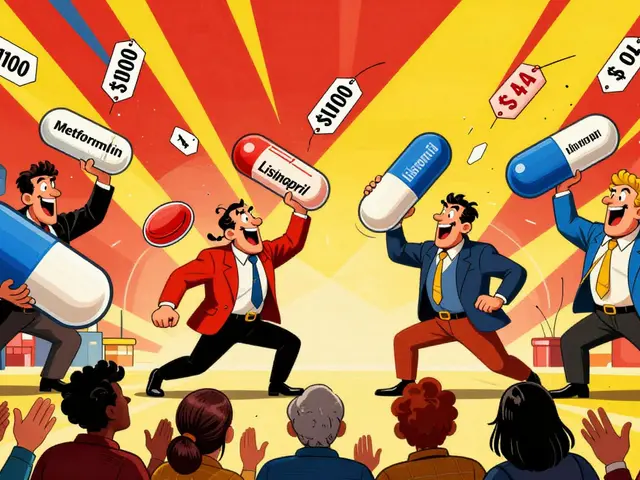Connection – Your Hub for Safe Medication Guides & Health Alternatives
If you’re looking for straight‑forward advice on buying medicines online, figuring out which supplements are worth trying, or finding reliable alternatives to prescription drugs, you’ve landed in the right place. The Connection tag gathers all those how‑to articles, safety checklists, and comparison guides into one easy‑to‑browse spot.
We know the internet is full of shady offers and confusing product names. That’s why each post under this tag starts with a quick safety checklist: verify the pharmacy’s license, read user reviews, and make sure the drug matches your prescription. You’ll see step‑by‑step instructions for popular meds like Solian, Tamsulosin, and Sucralfate, plus tips on spotting counterfeit products.
How to Choose a Trustworthy Online Pharmacy
First off, look for a pharmacy that displays its registration number clearly. In Canada, the Health Canada seal is a good sign; in Australia, the TGA logo does the job. Next, check whether the site offers a pharmacist chat or email support – real professionals will answer dosage questions and flag potential drug interactions.
Price alone shouldn’t be your only deciding factor. Extremely low prices often mean the product isn’t genuine. Compare at least three reputable sites before you click “Buy”. Our guide on CanadaRxConnection walks you through exactly how to do that without spending hours on research.
Understanding Supplement Safety
Supplements like Scarlet Pimpernel, Northern Prickly Ash, or Guar Gum can sound appealing, but they’re not automatically safe. Look for third‑party testing labels such as USP or NSF. If a product claims to cure more than it should, that’s a red flag.
We also break down the legal status of each supplement in major markets – for example, whether TGA Australia allows Scarlet Pimpernel as a food ingredient or forces it into the prescription category. Knowing these details helps you avoid buying something illegal or ineffective.
Beyond safety, we give you practical ways to integrate supplements into your daily routine. A spoonful of Guar Gum in a smoothie can boost fiber without changing taste, while a few drops of Black Alder oil may support mental clarity during busy days.
Every article under the Connection tag ends with a quick “What to do next” checklist: verify the source, read the ingredient list, and talk to your healthcare provider. This simple routine cuts down on guesswork and keeps you from wasting money on bogus products.
Whether you’re hunting for an affordable alternative to Propecia, need a reliable guide to ordering Lipitor, or just want to know which over‑the‑counter antihistamine works best for your seasonal allergies, the Connection tag has you covered. Browse the list, pick the post that matches your need, and follow the clear steps inside.
Remember, staying informed is the first line of defense against bad medication choices. Use these guides to make confident decisions, protect your health, and keep more money in your pocket.







